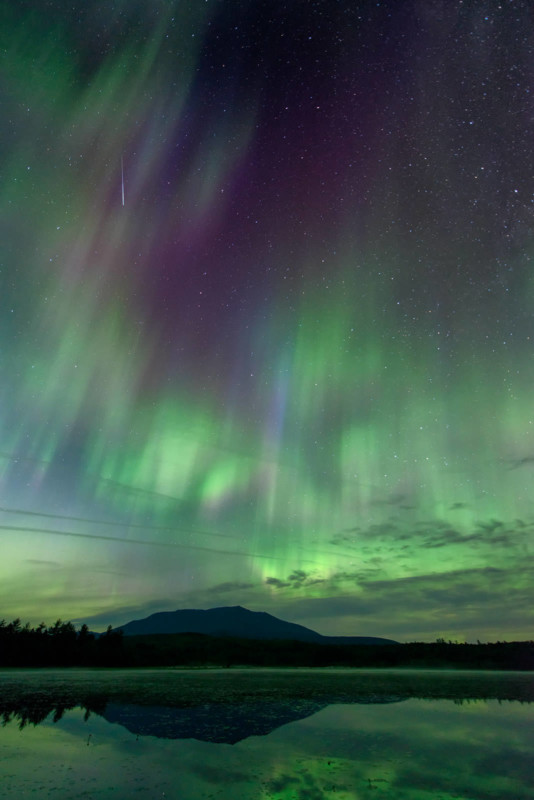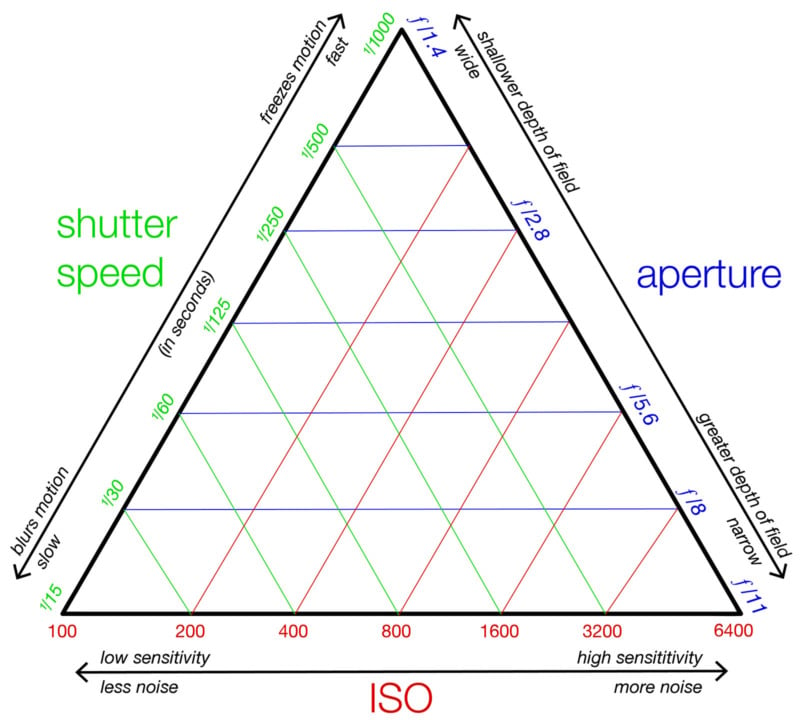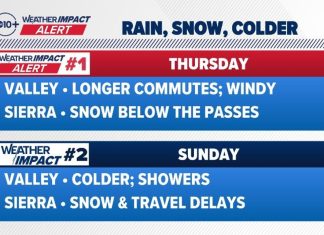![]()
A camera’s native ISO range used to be a huge deal and was an integral part of how companies advertised their latest and greatest cameras. However, these days, companies sometimes don’t mention ISO at all, relegating it to side, separate detailed spec sheets.
I remember when I was just getting into photography in high school and Nikon announced the D3 and its native ISO range — 200 to 6400 — was a huge deal. The camera’s high ISO performance was so vital to the D3’s appeal that it was the focus of Nikon’s D3 marketing campaign.
Alongside one of the numerous photography magazines I was subscribed to at the time, a fold-out 20 x 30 poster was included, featuring a motorcycle racing shot captured by Sandro Miller using the D3 at ISO 6400. My copy of the poster is still somewhere, but I remember running upstairs with it to show my dad, “Look, this was shot at ISO 6400! I need a Nikon D3!”

I eventually got my hands on a D3, and it lived up to the hype. The camera’s relatively strong high ISO performance at the time led me to get really into astrophotography, a specialized type of photography I still love doing today.
For many years before and after the D3’s arrival, a camera’s ISO remained a central focus of camera makers and photographers alike. For example, when Nikon unveiled the D5 in 2016, PetaPixel‘s headline read: The Nikon D5 is Official, and the ISO Goes to 3,280,000.
However, by the time Nikon’s final flagship DSLR, the D6, arrived on the scene in 2020, well into the age of mirrorless cameras, ISO wasn’t even mentioned at all.
When I wrote our Canon R6 III Review and news last week, I didn’t realize until a reader emailed that I never even mentioned the camera’s ISO range. I wrote that the R6 III, thanks in no small part to Canon’s built-in noise reduction, performs well at high ISO. I thought about the camera’s ISO when I was in the field, carefully considering how to different exposure considerations for specific situations. But I never once stopped to consider the camera’s actual native ISO range, which is actually slightly lower than the R6 II’s at the extreme high end — 64,000 instead of 102,400.

Then I got to thinking: When was the last time I actually cared about a camera’s ISO range?
These days, I only focus on a camera’s ISO range when something odd happens. Whether that’s a new camera featuring a lower ISO speed thanks to a bit of clever engineering, like with the GFX100 II, or a new camera having a higher-than-average base ISO because of novel sensor technology, like the Sony a9 III. Sometimes a camera even uses Dual-Gain ISO to deliver better image quality in certain situations, but that’s less about the specific ISO and more about the camera’s clever engineering.
By and large, it doesn’t really matter what a camera’s available ISO range is because most cameras are similarly good across most ISO settings. It’s no longer the case, and hasn’t been for a while, that a new camera arrives on the scene and is so heinously bad at ISO 3200 that it warrants any attention at all, or that a camera delivers a good-quality image at its extended ISO range.
When I’m doing astrophotography and shooting at ISO 6400 or maybe even higher on a modern camera, the images are always perfectly usable. Add in that some cameras have baked-in noise reduction in their RAW files and that AI-powered noise reduction technology, like the ridiculously good Denoise in Lightroom and Adobe Camera Raw, can work wonders, and it’s no surprise that ISO has become a forgotten camera spec. It is just no longer the meaningful differentiator like it once was.

I’m not saying that ISO itself is irrelevant, not by a long shot. It is an important part of the classic exposure triangle, just like shutter speed and aperture. ISO is a creative and technical choice that affects how a photographer works, and selecting the right one matters.

However, just like we don’t really think about a new camera’s shutter speed anymore, unless there’s something really incredible about it, I think I’m beyond the point of caring about a camera’s ISO range and have been for a while. But I’ll always have that poster to remember when a usable image at ISO 6400 changed digital photography forever.
Image credits: Photos by Jeremy Gray unless otherwise noted








